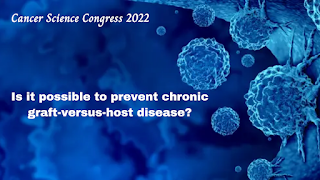Mitochondrial linkage of Cancer

It has long been considered that the glycolysis is the major metabolic process that drives aberrant cancercell proliferation , suggesting that the impaired mitochondrial function may be the underlying cause of cancer. These findings have eventually eradicated the major misconception that cancer is a purely cell-intrinsic disorder that stems from epigenetic or genetic alterations . Although the mitochondrial defect for cancer invasiveness is long known but its relation to treatment resistance remained unclear. Recently, from the studies of aggressive breastcancer cells, scientists have found that the movement of mitochondria inside the cell is being controlled by the pathway- called Arf6-AMP1-PRKD2 . It is known that the mitochondria generally move inside the cells under various circumstances but in cancer cells, it congregates in the leading rim of the cell. It is due to the pathway- Arf6-AMP1-PRKD2, which helps to recycle the protein, named integrin in the cancerous cells...



